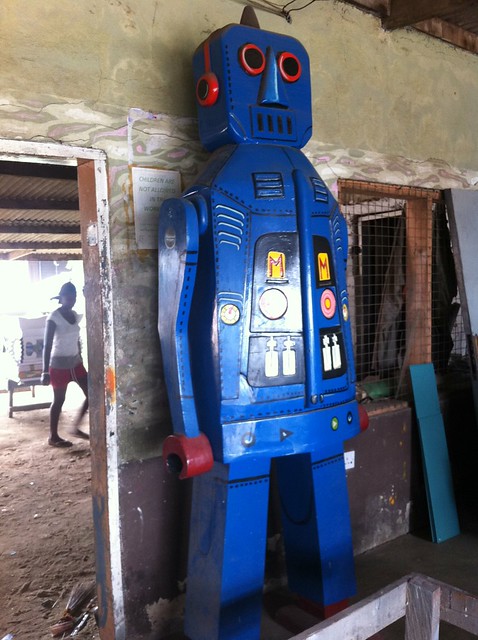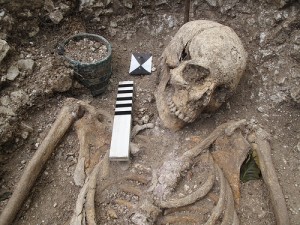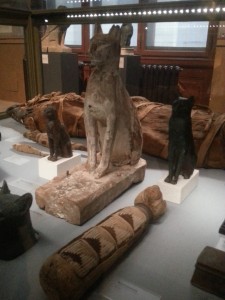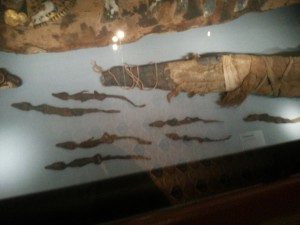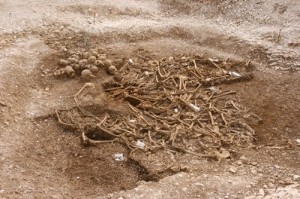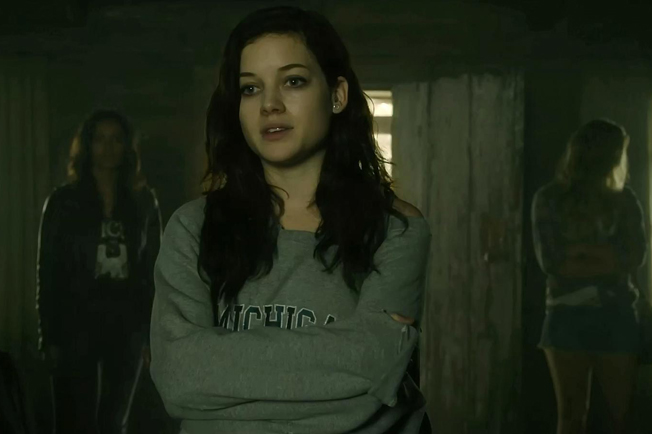While the idea of being buried in a casket spans multiple societies, Ghanaians have put a modern twist on this tradition. “Fantasy coffins,” as they have been dubbed by reporters, are caskets shaped like something relevant to the person being buried. From cars to animals to mobile phones or even a camera, Ghanaians are requesting increasingly diverse casket shapes. Just what do these unique caskets represent? For some families, the casket shape represents what the person loved to do- a pineapple shaped coffin for a man who grew pineapples, one that is fish shaped for a fisherman, etc. Others can represent some sort of ambition- a woman who had never flown before was buried in a casket shaped like a plane. The choice of casket design can be a reflection of status, with some being shaped as luxury cars or other high end products. Of course, some people choose a more religious design. One carpenter in Accra told BBC reporters one of his most popular designs is the Bible.
An example of a “fantasy casket” shaped like a robot. Photo credit: “Robot casket” by sshreeves licensed by CC 4.0
While the casket designs may seem lighthearted, Ghanaians still take death very seriously. By purchasing an elaborate casket, it is a way of showing respect for the family member who has passed. Also, the price tag of these custom made caskets is very high, starting at around 1000 Ghanaian cedi or approximately $250; many Ghanaians make this much in a year. Casket design can also be a point of contention among the family members of the dead if the deceased never left a clear indicator of what they would like their casket to be shaped liked, with family members disagreeing about what design is most appropriate to take the body into the afterlife. However, most families can agree that the purpose of the casket is to provide a respectful and meaningful vessel for the deceased.
http://news.bbc.co.uk/2/hi/programmes/from_our_own_correspondent/4196011.stm

